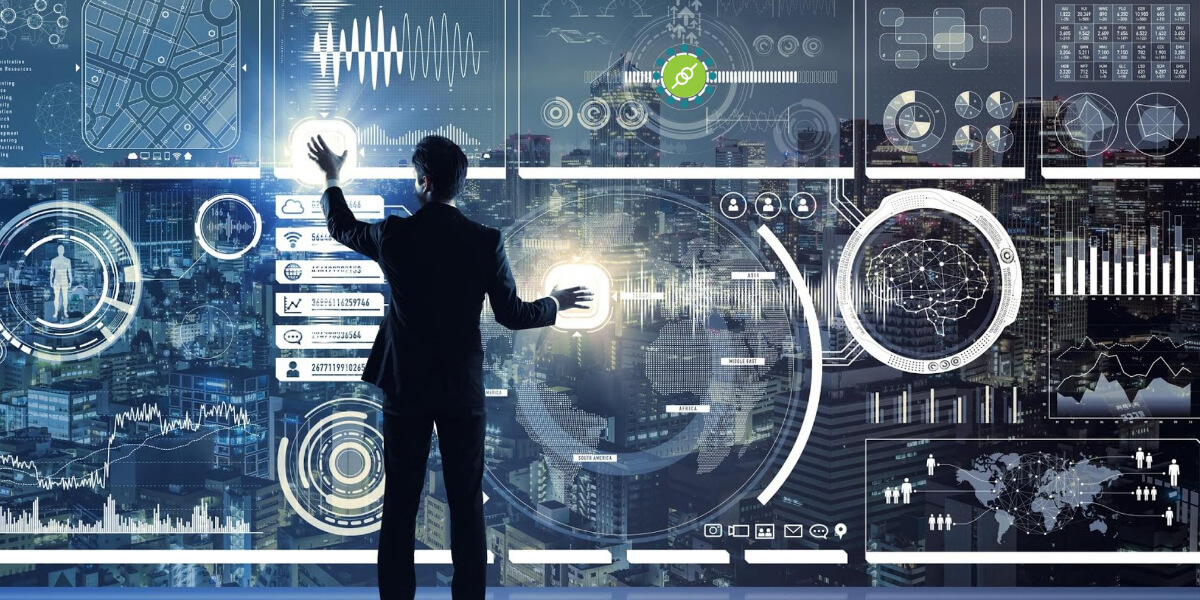“Plan, model, and act with confidence – the power of integrated cyber modeling.”
System Modeling supporting Active Scenarios
Continuing our look into System Model Based Engineering (SMBE),[1] we will explore the way system modeling can help you design, test, and evaluate your systems in realistic and challenging situations. We will also discuss the way system modeling can help you identify and mitigate the risks associated with your systems’ performance, reliability, and safety. System modeling is a powerful technique that allows you to create a representation of your system and its environment using a formal language and a set of rules.
What is system modeling in more depth?
System modeling is the process of creating a representation (abstraction) of a system using a set of concepts, rules, and tools. The set of concepts is chosen so that the resulting representation can be used for analysis or to answer a particular question. A system model can capture various aspects of a system, such as its structure, behavior, functions, requirements, constraints, and interactions. A system model can also represent the environment in which the system operates, the stakeholders who use or influence the system, and the goals and objectives of the system.
System models can be built at different levels of abstraction and detail, depending on the purpose and scope of the model. For example, a conceptual model can provide a high-level overview of the system’s main features and functions, while a detailed model, to support quantitative analytics, can specify the exact parameters and equations that govern the system’s behavior.
Once the key components and their interactions have been identified, you can use a modeling language such as Unified Modeling Language (UML) or SysML to create a formal representation of the system. Such a model can then be used to drive a simulation of the system’s behavior in different scenarios.
What makes system modeling useful?
System modeling is a process that results in one or more system models. Both the resulting models and executing the process itself can be of great benefit to an organization. In general, the process tends to reveal misunderstanding of terminology, system intent and function, and conflicting goals and demands that stakeholders may have. The models serve to document the shared understanding that results, parameterize key operating constraints, and provide the basis for further analysis efforts. System modeling can provide many benefits for system engineering and management:
- Improved communication and collaboration among stakeholders involved in the system’s development and operation.
- Enhanced understanding and insight into the system’s characteristics, capabilities, and limitations.
- Support for analysis and evaluation of the system’s performance, reliability, and safety under various conditions and scenarios.
- Facilitation of design and optimization of the system’s architecture, components, and interfaces.
- Verification and validation of the system’s functionality and quality against its requirements and specifications.
- Support for decision-making and trade-off analysis among different alternatives and options for the system’s design and operation.
- Reuse and adaptation of existing models and knowledge for new or modified systems.
How can system modeling support action scenarios and risk assessment?
One of the main challenges of system engineering and management is to ensure that the system can perform its intended functions effectively and efficiently in its operational environment. That environment may include uncertainties, disruptions, threats, and opportunities that can affect the system’s behavior and outcomes. It is vital to evaluate the way the system will respond to different situations that may arise during its operation.
One of the main benefits of system modeling is that it empowers you to put your systems into “action scenarios” (missions) and to assess the risk profiles against those action scenarios. An action scenario is a description of a specific situation or task that your system needs to perform or achieve and the environment in which it will perform that task. A risk profile is a summary of the potential hazards, threats, and vulnerabilities that your system may face (or cause) in an action scenario. Action scenarios are hypothetical or realistic situations that describe the way the system will be used or deployed in its operational environment.
Action scenarios can specify various aspects of the situation:
- The mission or goal the system needs to achieve or support.
- The context or setting in which the system operates, such as location, time, weather, terrain, etc.
- The events or actions that occur during the scenario, such as inputs, outputs, interactions, failures, etc.
- The criteria or measures that indicate the success or failure of the scenario, such as performance indicators, quality attributes, constraints, etc.
Action scenarios can help you test and evaluate your systems in a systematic and rigorous way. By creating and simulating action scenarios using your system models, you can:
- Determine how your system will behave under different conditions and circumstances.
- Analyze how your systems will perform against their expected outcomes and objectives.
- Identify potential problems or issues that may affect your systems’ functionality or quality.
- Explore alternative solutions or strategies to improve your systems’ performance or robustness.
- Compare different options or trade-offs among your systems’ design or operation.
Risk assessment is the process of identifying and evaluating the potential hazards or threats that may affect your systems’ performance, reliability, or safety. Risk assessment can help you:
- Estimate the likelihood or probability of occurrence of each hazard or threat.
- Estimate the severity or impact of each hazard or threat on your systems’ outcomes or objectives.
- Prioritize the most critical hazards or threats that must be addressed or mitigated.
- Develop contingency plans or countermeasures to prevent or reduce the effects of each hazard or threat.
System modeling can support risk assessment by providing a structured and consistent way to represent and analyze your system’s behavior and outcomes under various hazards or threats. By using your system models to create and execute risk scenarios, you can:
- Simulate how your systems will react to different hazards or threats that may occur during their operation.
- Analyze how your systems will cope with different hazards or threats in terms of their performance, reliability, or safety.
- Identify potential vulnerabilities or weaknesses that may expose your systems to higher risks.
- Explore alternative solutions or strategies to enhance your systems’ resilience or survivability.
Simulating the system’s behavior under different conditions can help you identify potential failure points and areas where the system may be at risk. This can help you develop strategies to mitigate these risks and ensure the system can perform effectively in the mission scenarios.
System modeling can help you create a comprehensive and realistic picture of the way your system will operate and behave in various action scenarios and the way it will cope with potential risks that may arise. As the proverb says: “forewarned is forearmed.” By creating a formal representation of the system and simulating its behavior, you can ensure that your system is designed to be resilient, adaptable, and effective in fulfilling its missions. System modeling can also help you communicate and demonstrate the value and benefits of your system to your stakeholders, customers, and users.
[1] See our previous post on SMBE titled System Modeling for Cyber Defense.

























